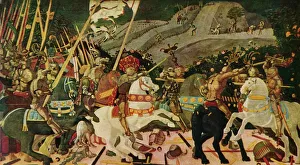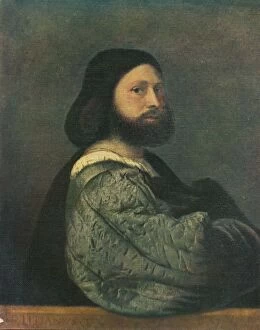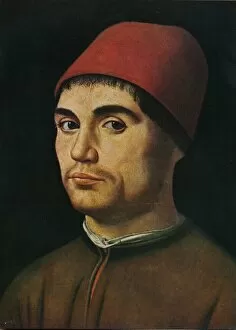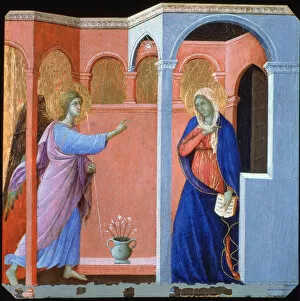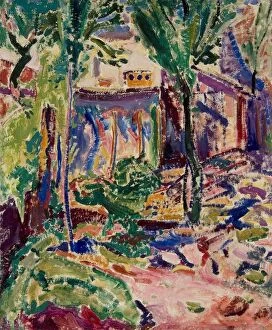Egg Tempera Collection
Egg tempera, a medium that has been used for centuries by artists
All Professionally Made to Order for Quick Shipping
Egg tempera, a medium that has been used for centuries by artists, is a technique that involves mixing powdered pigments with egg yolk to create vibrant and long-lasting paintings. This ancient method of painting has stood the test of time and continues to captivate art enthusiasts. One notable masterpiece created using egg tempera is "The Battle of San Romano" by Paolo Uccello. Painted in 1438, this artwork depicts a fierce battle scene with intricate details and vivid colors. The use allowed Uccello to achieve precise brushwork and luminous hues, bringing the composition to life. Another remarkable example is "Mary Magdalene, " which showcases the delicate beauty of this biblical figure. The artist's skillful application brings out the subtle nuances in her expression and drapery, adding depth and realism to the portrait. In "Saint Francis and the Wolf of Gubbio, " we see how egg tempera enhances the texture of fur on both Saint Francis' robe and the wolf itself. This technique allows for meticulous detailing, making every strand stand out against a richly colored background. "The Virgin and Child with Saints" by Pisanello demonstrates how they are be used to create ethereal figures surrounded by an otherworldly glow. The luminosity achieved through this medium adds a sense of divinity to religious subjects like these. Titian's "Portrait of Gerolamo Barbarigo" showcases his mastery over egg tempera as he captures every wrinkle on Gerolamo's face with precision. The richness in color achieved through this technique gives depth to his subject's features, revealing their character. Barnaba da Modena's "The Coronation of the Virgin" exemplifies how well-suited egg tempera is for creating intricate patterns found in Byzantine iconography. Each stroke reveals fine details within elaborate garments worn by saints surrounding Mary, adding to the overall grandeur of the scene.

